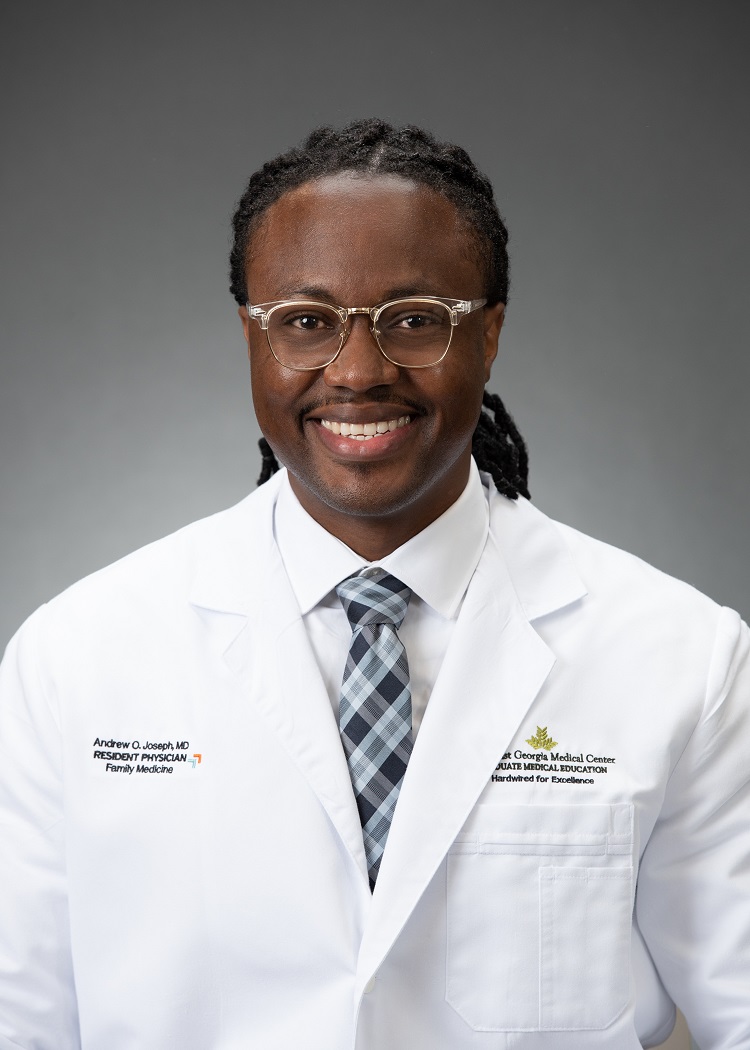With schools and daycares in full swing, you may be hearing about RSV (Respiratory syncytial virus) outbreaks. RSV is one of the most common in young children and the most common cause of bronchiolitis (inflammation of the small airways in the lung) and pneumonia (infection of the lungs). It is important to understand what RSV is and how to recognize it.
What is RSV?
Respiratory Syncytial Virus or RSV is a virus that, as its name suggests, causes an infection in the respiratory tract. Did you know that globally, RSV accounts for more than 60% of serious respiratory infections in children? While RSV is commonly associated with infants and children, anyone can be infected.
Usually, around October through March, physicians see outbreaks of RSV. Gainesville had unusually high disease activity this past summer, as did most of the world! This was due, in most part, to relaxed COVID-19 preventative measures in the spring. Almost all children by the age of two have been infected by RSV, with reinfections being common.
What are the symptoms of RSV?
The symptoms vary depending on the person’s age and the number of times they have been infected. The infection could be in the upper respiratory tract (from the nose down to the throat and everywhere in between), the lower respiratory tract (below the voice box down to the lungs), or both. These symptoms can be harmless such as sneezing and/or having a runny nose, to extremely severe with violent coughing, difficulty breathing and possible death.
Common RSV Symptoms
- Runny nose
- Coughing/wheezing
- Sneezing
- Fever
- Irritability in young children
Kids RSV Symptoms
- Symptoms in infants and younger children can be mistaken for various ailments, including (but not limited to) COVID-19, common cold, influenza, parainfluenza, etc., so it’s always important to consult your doctor.
Adult RSV Symptoms
- Adults can also contract RSV multiple times throughout their lives and symptoms are usually more benign and primarily involve the upper respiratory tract.
How do we treat RSV?
Whether RSV is in the upper or lower respiratory tract or both, treatment focuses on the patient’s symptoms rather than treating the infection.
Physicians make sure the patient is hydrated, getting adequate rest, and monitor how they feel as time goes on. In most cases, the patient feels better over the course of a couple of weeks. In more severe cases, patients may need respiratory support using an inhaler or may even need the help of a ventilator. In the likelihood that a patient develops a secondary bacterial respiratory infection, treatment will then include antibiotics. It’s important to note that antibiotics will not treat a viral infection! Your doctor will help differentiate between a bacterial and viral infection during an exam.
How do we avoid RSV?
Some ways to prevent RSV infection in both adults and babies include
- Proper and frequent hand washing
- Practicing cough hygiene
- Covering your cough
- Disinfecting surfaces often
- Avoiding exposure to tobacco and other smoke
- Restricting participation in childcare for high-risk infants.
Many of the measures put in place to protect against the transmission of COVID-19 (such as wearing masks and social distancing) would also apply here.
The best tool we have is to be sure to get your COVID-19 vaccine if you’re eligible, as well as your flu vaccine. It’s completely possible to be infected with more than one virus at a time which could lead to poor health outcomes.



